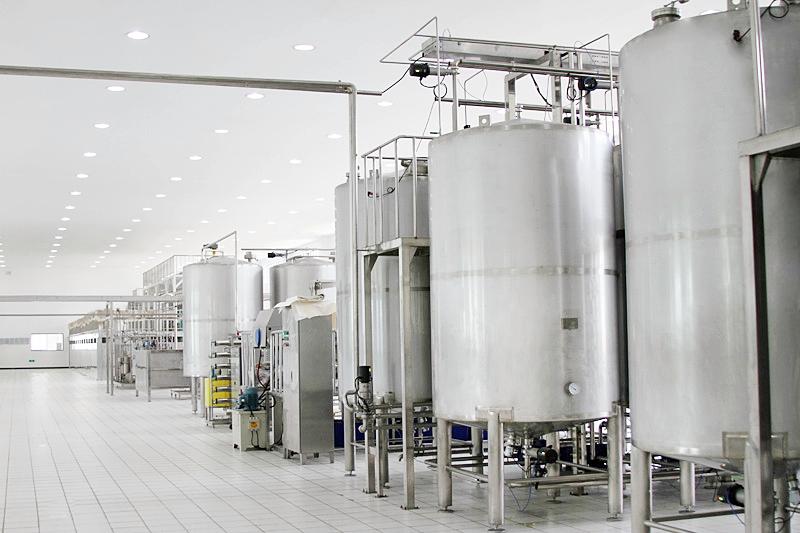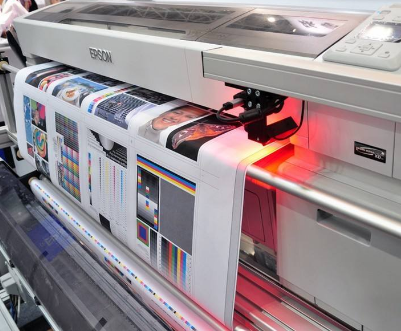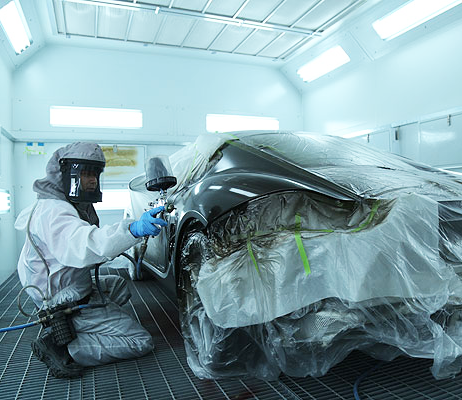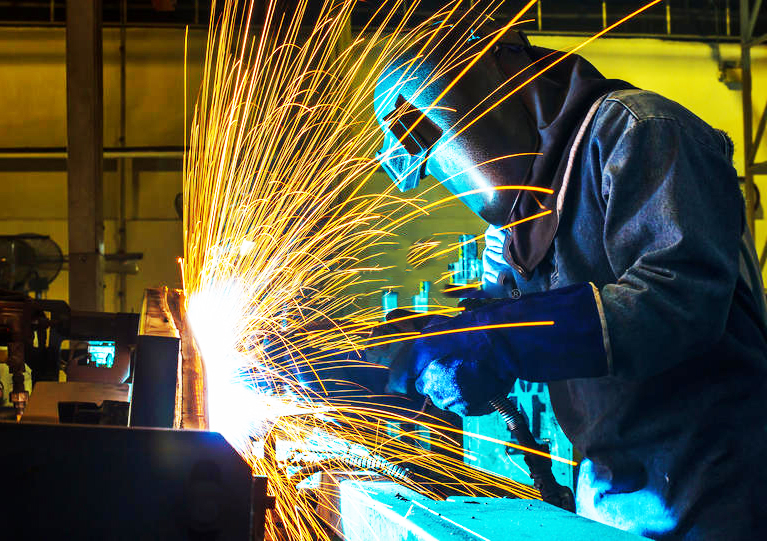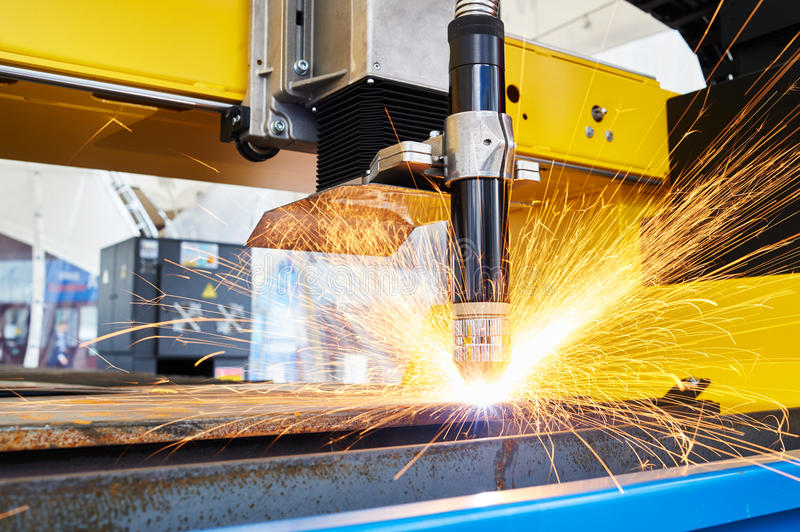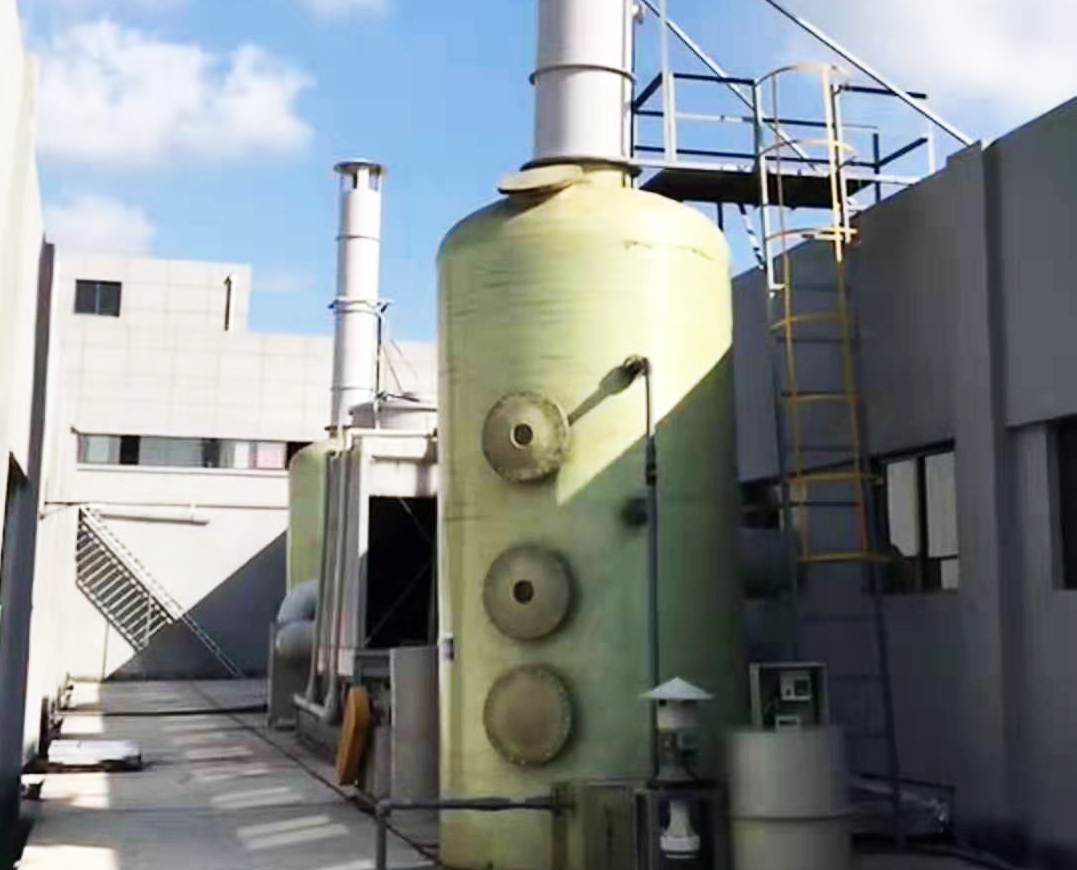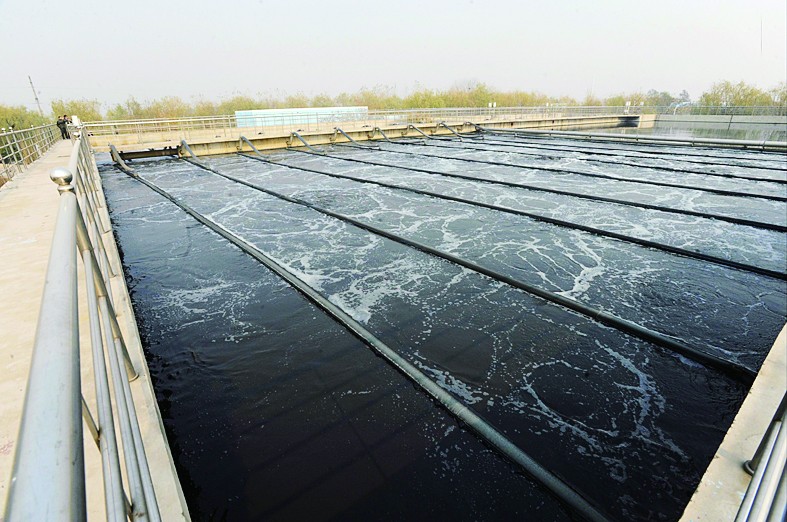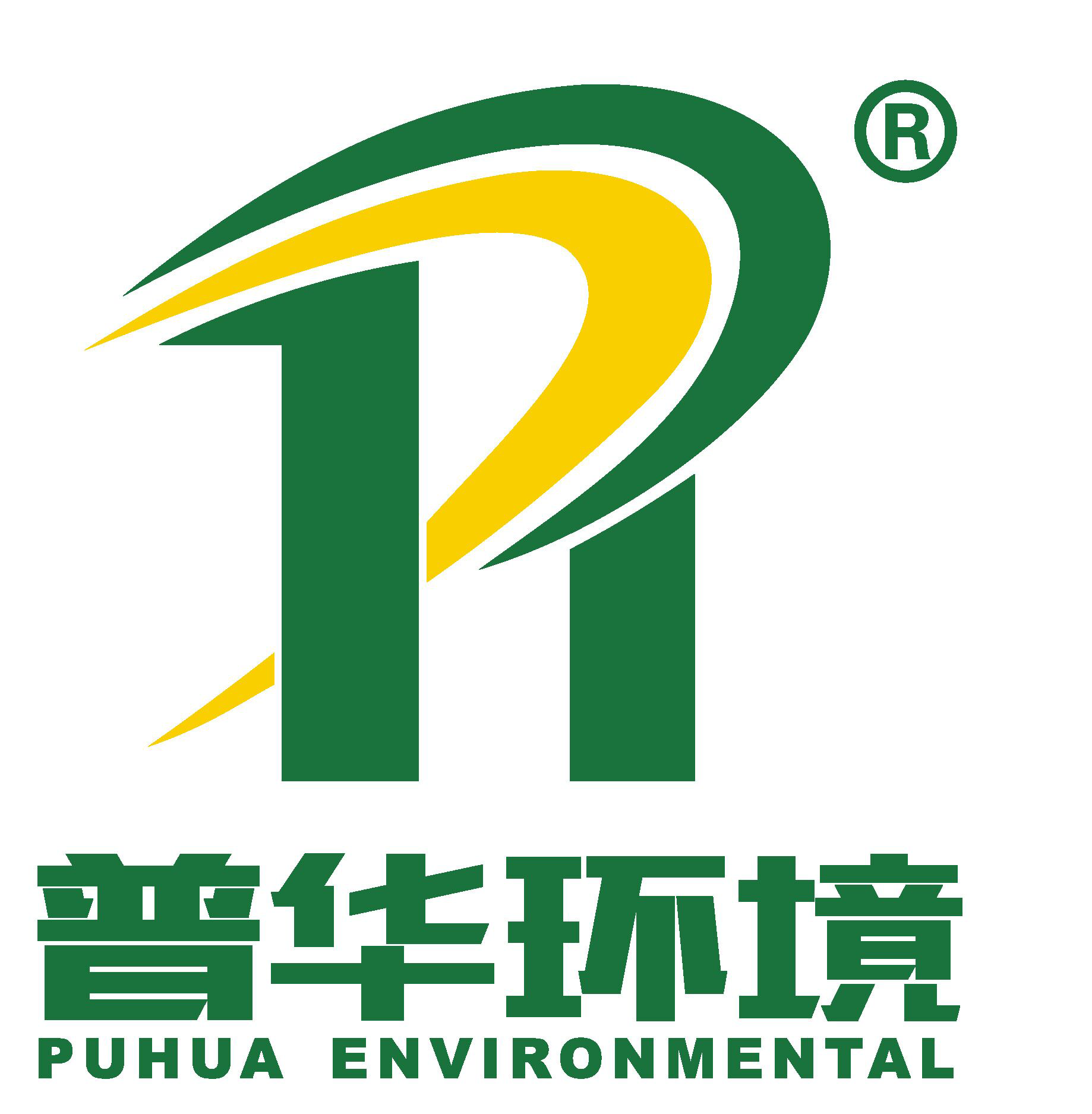
-
Factory Environmental Governance Comprehensive Solution Provider
-
Focus on R & D and manufacturing of VOCs exhaust gas treatment equipment

Focus on R & D and manufacturing of VOCs exhaust gas treatment equipment
————— ◆ Industrial exhaust gas analysis ◆ —————
>> Chemical waste gas overview
Chemical waste gas comes from toxic and harmful gases emitted by chemical plants in chemical production. The composition of chemical waste gas produced by different chemical production industries is very different, there are many types of pollutants, the physical and chemical properties are complex, and the toxicity is not the same, which seriously pollutes the environment and affects human health.
>>Chemical waste gas composition
(1) Sulfur-containing compounds, such as hydrogen sulfide, thiols, dimethyl sulfur, thioethers, and sulfur-containing heterocyclic compounds.
(2) Nitrogen-containing compounds, such as ammonia, amines, nitriles, nitro compounds, and nitrogen-containing heterocyclic compounds.
(3) Carbon, hydrogen, or compounds composed of carbon, hydrogen, and oxygen (lower alcohols, aldehydes, fatty acids, etc.).
The eight major malodorous substances that have a greater impact on the human body are: hydrogen sulfide, ammonia, trimethylamine, methyl mercaptan, methyl sulfide, carbon disulfide, styrene, and dimethyl disulfide. The stench gas we usually refer to is the diffusion of stench gases in the air.
>> Chemical waste gas characteristics
(1) There are many flammable and explosive gases. Such as low-boiling ketones, aldehydes, easily polymerizable unsaturated hydrocarbons, etc., large amounts of flammable and explosive gases, if proper measures are not taken, are likely to cause fire and explosion accidents, causing great harm.
(2) Most emissions are irritating or corrosive. Such as sulfur dioxide, nitrogen oxides, chlorine, hydrogen fluoride and other gases are irritating or corrosive, especially the largest amount of sulfur dioxide emissions, sulfur dioxide gas directly harms human health, corrodes the surface of metals, buildings and sculptures, and is easily oxidized to sulfate Landed on the ground and polluted the soil, forests, rivers, and lakes.
(3) There are many types of suspended particles in the exhaust gas, which are harmful. The floating particles discharged from chemical production include dust, smoke, acid mist, etc., and they are of various types, which are more harmful to the environment. Especially when the planktonic particles and harmful gas coexist, they can have a synergistic effect, and the harm to people is even more serious.
————— ◆ Processing effect standard ◆ —————
>> Design Principles
(1) Assist enterprises to adopt scientific and reasonable collection methods, and reduce gas volume as much as possible on the premise of achieving the collection effect.
(2) Actively and steadily adopt new technologies and new equipment, and adopt advanced and reliable pollution control technology in accordance with the status quo and management level of the enterprise, and strive to achieve stable operation, low cost, convenient management, and easy maintenance, so as to completely eliminate exhaust gas pollution and protect Environmental purpose. (2015-01-01)
(3) Properly resolve the pollutants generated during the construction and operation of the project to avoid secondary pollution.
(4) Strictly implement current national, local, and other codes, regulations, and standards on fire prevention, safety, health, and environmental protection.
(5) Select new, high-efficiency, low-noise equipment, pay attention to energy saving and consumption reduction.
(6) The overall plan layout strives to be compact, reasonably smooth, simple and practical. Minimize project occupation and construction difficulty.
(7) Strictly implement relevant national design codes and standards, and pay attention to fire protection and safety work. (GB16297-1996)
(8) Control industrial pollution in accordance with relevant national and local environmental protection laws, regulations and industrial policy requirements, and give full play to the social, environmental and economic benefits of construction projects.
>> Project scope and standards
1. Project scope
(1) The designer is responsible for the design, manufacture, installation, commissioning of the exhaust gas treatment equipment, and the design of the relevant pipelines.
(2) The designer is responsible for training the equipment operator of the owner unit.
(3) The owner unit is responsible for the supporting public works of the project, including power supply, water vapor, compressed air, circulating cooling water, etc.
2.Technical requirements
(1) The project does not consider land acquisition and uses the original factory land, which cannot seriously affect production;
(2) Adopt mature exhaust gas treatment technology, which requires technology to be safe, reliable, and economically reasonable;
(3) The disposal of by-products should not cause secondary pollution;
(4) All equipment and materials are new;
(5) Simple observation, monitoring and maintenance;
(6) Ensure personnel and equipment safety;
(7) Save energy, water and raw materials;
>> Emission Standard
Exhaust gas emission standards implement secondary standards, refer to the "Integrated Emission Standards for Air Pollutants" (GB16297-1996) and "Emission Standards for Odor Pollutants" (GB14554-93). The exhaust gas emission standards are as follows:
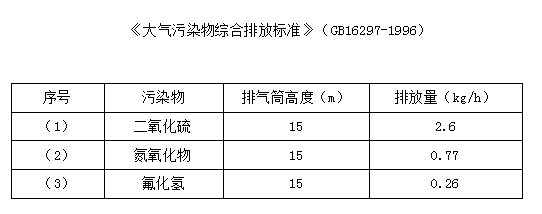

————— ◆ Basis for program customization ◆ —————
(1) Project-related information provided by the owner
(2) Environmental Protection Law of the People's Republic of China (2015-01-01)
(3) Law of the People's Republic of China on the Prevention and Control of Atmospheric Pollution (2016-01-01)
(4) Ambient air quality standard (GB3095-2012)
(5) Decree No. 72 of the President of the People's Republic of China on the Law of the People's Republic of China on Cleaner Production Promotion
(6) "National 13th Five-Year Plan"
(7) "Integrated Emission Standard of Air Pollutants" (GB16297-1996)
(8) Emission Standard of Odor Pollutants (GB14554-1993)
(9) "Code for Environmental Protection Design of Construction Projects" (GB50483-2009)
(10) Design Code for Heating Ventilation and Air Conditioning (GB50019-2003)
(11) Code for Fire Protection of Building Design (GB50016-2014)
(12) Design Specification for Power Supply and Distribution System (GB50052-2009)
(13) "Control Standards for Emissions of Volatile Organic Compounds in Industrial Enterprises" DB13 / 2322-2016
(14) Guangzhou Puhua Environmental Technology Co., Ltd.'s comprehensive experience based on years of exhaust gas treatment project engineering and technology research and development
————— ◆ Exhaust gas system design ◆ —————
Chemical industry is a downstream product of petroleum. Low-concentration organic waste gas is decomposed by activated carbon adsorption and desorption catalytic combustion equipment, and high-concentration waste gas is retorted by RTO.
>> Low concentration exhaust gas treatment process
The low-concentration organic waste gas process route is planned to use "ventilation system (fan, collection hood, pipe) + core purification system (CO) " as the core process to treat the waste gas. The schematic diagram of the process route is as follows:

Process Introduction
(1) The exhaust gas passes through heat exchanger I, and the temperature is increased from 10 ° C to 150 ° C. The heat source is the high temperature gas (300-350 ° C) after the reaction of the catalytic decomposition device. Temperature recycling reduces the system operating cost;
(2) The preheated gas passes through the flame arrester and enters the catalytic decomposition device, and is mixed with high-temperature air (480 ° C) in the mixing chamber at the bottom of the device to increase the exhaust gas temperature to At about 300 ° C, the catalytic reaction temperature is reached, and then the airflow rises to the catalytic reaction zone, and the reaction occurs on the catalyst surface, decomposing into CO2 and H2O, and finally discharged at the bottom air outlet;
(3) Under the action of the induced draft fan, the high-temperature gas passes through the heat exchanger I, and the initial exhaust gas is heated by indirect heat exchange, and then exits from the heat exchanger I, and then enters the heat exchanger II through the induced draft fan as a heat source again. the need for heated air preheater, air is heated from room temperature to about 100 ℃, temperature recycling and reduce system operating costs, and then proceeds to the chimney discharge standards;
(4) the preheated air into the air heater, the Under the action of an electric heating rod, the air is heated from 100 ° C to 480 ° C, and then enters the catalytic reaction device to be mixed with the exhaust gas to increase the temperature of the exhaust gas.
The high-concentration chemical waste gas process route is planned to use "ventilation system (fan, collection hood, pipe) + core purification system (RTO) " as the core process to treat the waste gas. The schematic diagram of the process route is as follows:
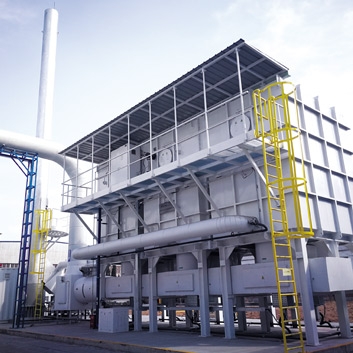
Ventilation system (fan, collecting hood, duct) + core purification system (RTO) + fan + chimney
————— ◆ Cooperation Process ◆ —————

